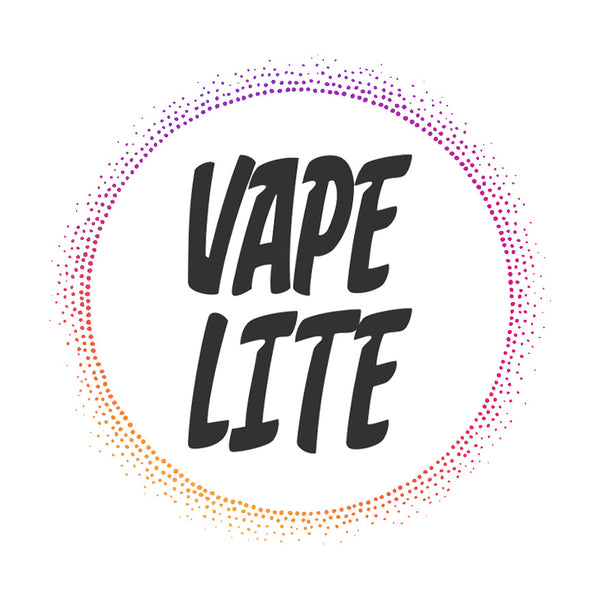In the world of vaping, clarity and accuracy are crucial, especially when it comes to nicotine strength. If you've been a regular user of nicotine salts, you might have noticed a significant change in the labeling on your favorite e-liquid bottles. What was once labeled as 50mg/ml is now often labeled as 28.5mg/ml. This shift can be confusing, but don't worry—your vaping experience and nicotine intake remain unchanged. Let’s delve into why these numbers appear different and what it means for you.

The Basics of Nicotine Strength
Nicotine strength in e-liquids is measured in milligrams per milliliter (mg/ml). This indicates how many milligrams of nicotine are present in each milliliter of e-liquid. There are two main forms of nicotine used in e-liquids: freebase nicotine and nicotine salts.
- Freebase Nicotine: The purest form of nicotine, which provides a strong throat hit and is typically used in lower concentrations.
- Nicotine Salts: A more stable form of nicotine created by combining freebase nicotine with an acid, usually benzoic acid. This form allows for higher nicotine concentrations with a smoother throat hit, making it popular among former smokers and those who prefer stronger nicotine levels.
The Shift in Labeling: 50mg/ml to 28.5mg/ml
So, why the sudden change in labeling from 50mg/ml to 28.5mg/ml for nicotine salts? The answer lies in the way nicotine content is measured and reported.
Measurement Methods and Their Impact
-
Total Nicotine Content vs. Nicotine Base:
- 50mg/ml: Traditionally, this figure represents the total nicotine content, including both the freebase nicotine and the acid used to form the nicotine salt. It accounts for the combined weight of the nicotine molecule and the acid.
- 28.5mg/ml: This figure typically represents the nicotine base alone, without including the weight of the acid. It focuses solely on the nicotine content that users will actually consume.
Chemical Composition:
When nicotine is converted into nicotine salt, it combines with an acid (e.g., benzoic acid) to form a more stable molecule. The molecular weight of the nicotine salt includes both the nicotine and the acid. For instance, in nicotine salt formulations using benzoic acid, the nicotine base itself might be around 28.5mg/ml, but when the weight of the acid is added, the total nicotine content could be reported as 50mg/ml.
Regulatory Guidelines and Standards
Different regulatory bodies have specific guidelines on how nicotine content should be reported. These guidelines aim to ensure consistency and clarity for consumers, influencing how manufacturers label their products.
- Regulatory Requirements: Some regions or countries might require manufacturers to list the nicotine base content rather than the total nicotine content. This change is designed to provide a clearer and more accurate representation of the actual nicotine that users will consume. Regulatory bodies such as the FDA (Food and Drug Administration) in the United States or other international counterparts may have updated their standards, prompting manufacturers to adjust their labeling practices accordingly.
- Consumer Clarity: By reporting the nicotine base content (28.5mg/ml), manufacturers provide a more precise indication of the nicotine strength, helping consumers make informed choices about their nicotine intake. This approach can also help avoid confusion among consumers who might be concerned about higher nicotine levels indicated by the previous labeling (50mg/ml).
Practical Implications for Vapers
Unchanged Nicotine Intake: It's important for vapers to understand that the change in labeling does not alter the amount of nicotine they are consuming. Whether labeled as 50mg/ml or 28.5mg/ml, the actual nicotine content they receive remains the same.
Labeling Transparency: The new labeling aims to enhance transparency and ensure that consumers have a clearer understanding of what they are vaping. This transparency helps vapers make informed choices without worrying about changes in their nicotine intake.

Conclusion
In summary, the shift from 50mg/ml to 28.5mg/ml in nicotine salt labeling is primarily due to different methods of measuring and reporting nicotine content. While 50mg/ml reflects the total nicotine content including the acid, 28.5mg/ml focuses on the nicotine base alone. Regulatory guidelines and the goal of providing clearer information to consumers drive these changes. Understanding these nuances helps vapers make informed choices without worrying about changes in their nicotine intake.
By staying informed and understanding the reasons behind such changes, vapers can continue to enjoy their vaping experience with confidence, knowing exactly what they are consuming.

